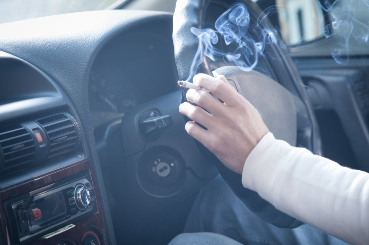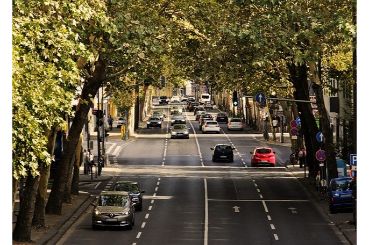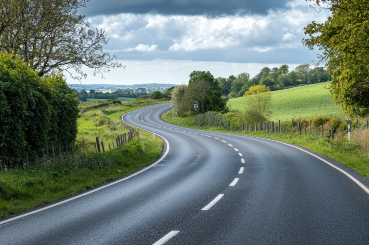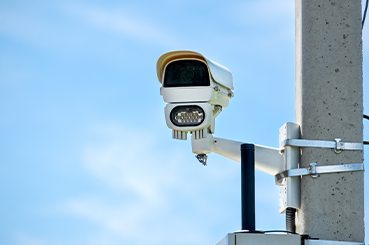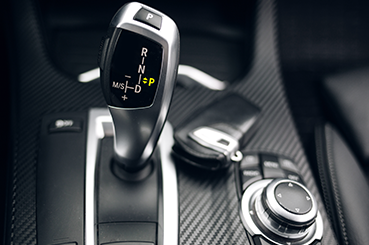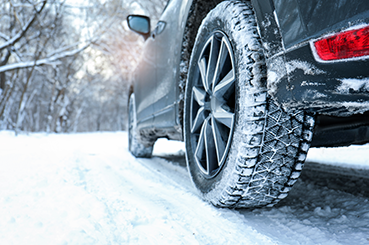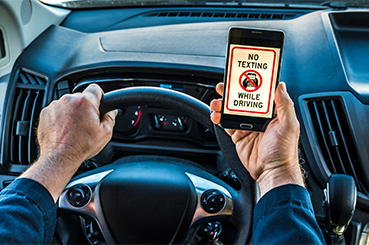Driving on the motorway can feel pretty intimidating, especially for the first time after passing your driving test. However, motorways are among the safest roads in the UK, thanks to their design and strict regulations. To ensure a safe and confident journey, it’s essential to understand the rules and guidelines of motorway driving. Here’s a comprehensive guide to help you get started.
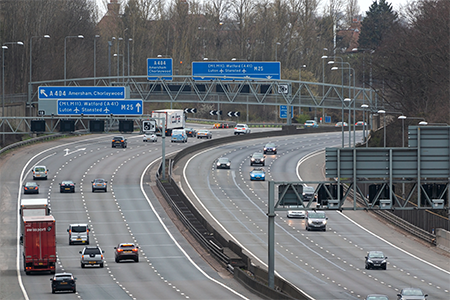
Know the Vehicles Permitted on Motorways
Not all vehicles are allowed on motorways. Prohibited users include pedestrians, cyclists, horse riders, motorcycles under 50cc, holders of provisional motorcycle or car licences, certain slow-moving vehicles, those carrying oversized loads, and mobility scooters. It’s crucial to adhere to these rules to maintain safety for all road users.
Joining a Motorway Safely
Motorway entry is typically via a slip road—a lane designed to help you build up speed and merge safely with motorway traffic. As you approach the motorway, use your mirrors and check your blind spots to identify a suitable gap. Match your speed with the flow of traffic in the first lane, and merge smoothly. Remember, gauging your speed correctly is vital to ensure a safe entry.
Staying Safe on the Motorway
Once on the motorway, stay in the left-hand lane until you reach the speed of the traffic flow. Maintain a safe following distance of at least two seconds from the vehicle ahead; increase this distance in poor weather conditions. If a vehicle is tailgating you, it’s advisable to increase the gap between you and the car in front to create a safer buffer zone.
Understanding Motorway Lane Discipline
Good lane discipline is key to safe motorway driving. Always stay in the left-hand lane unless overtaking slower traffic. Overtaking should be done on the right-hand side; the middle and outside lanes are strictly for overtaking and should not be used for cruising. While ‘undertaking’ (overtaking on the left) isn’t illegal, it is discouraged by the Highway Code due to safety concerns.
Before overtaking, check your mirrors and blind spots, and ensure there is ample space in the lane you’re moving into. Never use the hard shoulder for overtaking, even if it appears open to traffic, as this space is reserved for emergencies.

Navigating Motorway Changes and Hazards
Pay attention to motorway signs, especially those indicating lane changes due to roadworks or accidents. Since 2013, tailgating or ‘lane hogging’ in any lane other than the left can result in an on-the-spot fine of £100 and three penalty points on your licence. Only stop on the motorway in an emergency, and if possible, move to the hard shoulder and activate your hazard lights.
Speed Regulations on Motorways
The maximum speed limit on a UK motorway is 70mph unless otherwise indicated. Speed limits may vary due to traffic conditions, roadworks, or accidents. Changes in speed limits are usually displayed on roadside signs or overhead digital displays, especially on smart motorways. Speed cameras may enforce these limits, particularly in areas with long-term roadworks.
Understanding Smart Motorways
Smart motorways cover over 400 miles of the UK’s road network, including sections of the M1, M25, M62, and M6. These motorways use technology to manage traffic flow, often adjusting speed limits dynamically to reduce congestion. Pay close attention to signs and signals, as rules can vary depending on the type of smart motorway you’re on. For more details, check out our Complete Guide to Smart Motorways.
Driving on Motorways at Night
Night-time motorway driving requires extra caution due to reduced visibility. Ensure all your exterior lights are clean and functioning correctly. Allow more time for manoeuvres, as judging the speed of other vehicles can be more challenging in the dark. Motorways are generally quieter at night, providing more opportunities for smooth merging and overtaking. Always take regular breaks on long journeys to avoid fatigue, which significantly increases the risk of accidents.
Reflective Motorway Studs: What They Mean
Reflective studs are an essential guide when driving at night or in poor visibility. Here’s what each colour indicates:
- Red studs: Mark the boundary between the hard shoulder and the first lane.
- Amber studs: Indicate the central reservation between opposing directions of traffic.
- White studs: Separate lanes on the motorway.
- Green studs: Highlight the separation between slip roads and the motorway.
When To Use Hazard Lights
Hazard lights, or emergency lights, are an important safety feature on your vehicle that should be used in specific situations to alert other road users of potential danger. Here are the appropriate times to use your hazard lights:
When Stopped in an Emergency:
Use hazard lights when your vehicle has broken down or if you need to stop unexpectedly on the road or on the hard shoulder of a motorway. This warns other drivers that your vehicle is stationary and could pose a hazard.
In Case of an Accident:
If you are involved in an accident and your vehicle is obstructing traffic, turn on your hazard lights to alert other drivers to the accident ahead.
Warning of Obstructions or Hazards:
Use hazard lights if you are approaching or have to stop due to an obstruction, like debris on the road, or when you are slowing down significantly due to an unexpected hazard, such as animals on the road
When Towing a Broken Down Vehicle:
If you are towing another vehicle, both vehicles should use hazard lights to signal to other drivers that there is a slow-moving vehicle and that caution is required.
Sudden Traffic Slowdowns:
In some countries, it is common to briefly turn on hazard lights when approaching the back of a sudden traffic jam, particularly on fast roads, to warn drivers behind you to slow down.
When Being Towed:
If your vehicle is being towed, you may use hazard lights to alert other drivers that your vehicle is in tow and may behave differently from normal driving conditions.
When Not to Use Hazard Lights:
- While Driving Normally: Do not use hazard lights while driving under normal conditions, as this can confuse other drivers.
- In Poor Weather Conditions: Hazard lights should not replace the use of fog lights or regular headlights during poor visibility due to fog, heavy rain, or snow. Use your fog lights instead.
- When Parking Illegally: Using hazard lights does not permit parking illegally or stopping in a no-stopping zone.
Proper use of hazard lights helps maintain safety on the roads by clearly communicating to other drivers when there is a potential danger or unexpected situation.
Can Learners Drive on the Motorway?
New drivers, including learners, can now drive on motorways in the UK if accompanied by an approved driving instructor in a car fitted with dual controls, also known as Pass Plus. This change in the law is aimed at helping learner drivers gain valuable experience and build confidence on some of the country’s fastest and busiest roads before passing their test.
For first-time drivers on the motorway, it’s crucial to stay calm, maintain lane discipline, and keep a safe following distance from other vehicles. Start by using the left-hand lane and only move to the middle or right lanes when overtaking. Familiarise yourself with the rules of motorway driving, such as understanding the use of slip roads for joining and exiting, and always pay close attention to road signs and speed limits.
Taking a motorway driving lesson can be a great way to learn under the guidance of an instructor, ensuring that your first experience is safe and stress-free.
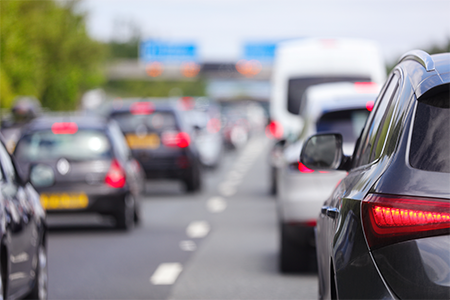
By familiarising yourself with these rules and tips, you’ll be well-prepared for safe and confident motorway driving. Remember, the key to mastering motorway driving is understanding the rules, maintaining lane discipline, and being mindful of other road users.
